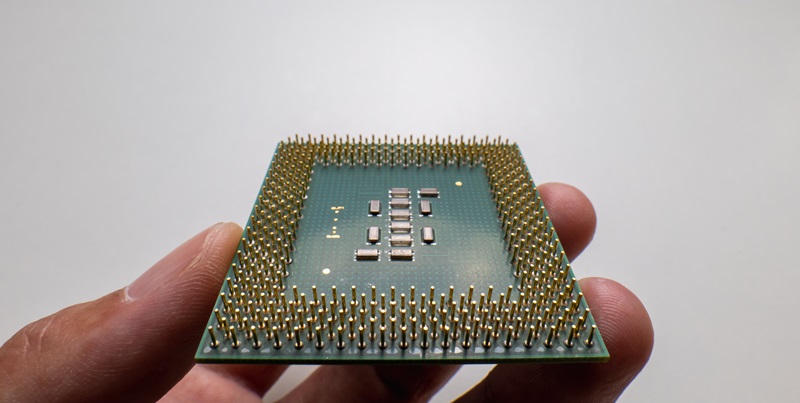Intel has been making waves in the tech industry with its upcoming Arrow Lake CPUs, which promise a host of exciting upgrades and new features. Leaked slides have provided glimpses into Intel’s plans for these chips, and one notable change has caught the attention of enthusiasts – the exclusion of Hyper-Threading. In this article, we will dive into the details and explore what this means for the performance and capabilities of Intel’s Arrow Lake CPUs.
Arrow Lake CPUs: Changes and New Features
According to leaked slides, Intel’s Alder Lake CPUs will be one of the few in their lineup not to include Hyper-Threading. This departure from previous Intel CPUs has raised eyebrows among tech enthusiasts who have come to expect this feature. Hyper-Threading has long been celebrated for its ability to improve multitasking performance by providing additional virtual cores. While the exclusion may seem surprising, Intel seems to have opted for other optimizations to enhance performance.
Core and thread count reduction
Despite keeping core counts the same, Intel has made a significant change in the total thread count of the Arrow Lake CPUs. The reduction in threads can be attributed to the non-Hyper-Threaded P-cores. This change indicates Intel’s focus on maximizing the efficiency and performance of each individual core, rather than relying on virtual threads.
Variants and Core Configurations
The leaked slides reveal Intel’s plans for three desktop variants of Arrow Lake: 8P+16E, 6P+16E, and 6P+8E. These variants offer different core and thread configurations, giving users the flexibility to choose according to their specific needs. Without Hyper-Threading, the available options are 24, 22, or 14 cores, with each configuration offering the same number of threads.
Changes in i7 Parts
One of the most noteworthy changes in the Arrow Lake CPUs is observed in the i7 part. The leak suggests that the i7 part will go from 8P+12E to 6P+16E. This means that users will have two fewer performance cores but four additional efficiency cores. While the shift in core allocation may raise concerns for those seeking pure performance, the addition of efficiency cores can significantly enhance power efficiency and multitasking capabilities.
Supporting technologies for Arrow Lake
To complement the Arrow Lake CPUs, Intel has designed a new 800-series chipset. This dedicated chipset is tailored to maximize the performance and efficiency of the Arrow Lake CPUs, ensuring optimal compatibility and enhanced functionality.
DDR5 memory support
Arrow Lake CPUs will exclusively support DDR5 memory. This marks a significant step forward in memory technology, allowing for faster data transfer and improved overall system performance. The baseline memory frequency will be DDR5-6400, a slight increase from the DDR5-5600 supported by the previous Raptor Lake Refresh CPUs.
PCIe Gen 5 storage and GPU support
Intel is stepping up its game by introducing PCIe Gen 5 storage support with the Alder Lake CPUs. This means that users can take advantage of four Gen 5 lanes for high-speed M.2 SSDs, ensuring lightning-fast data access and transfer rates. Furthermore, the CPUs will also offer 16 Gen 5 lanes dedicated to the GPU, enabling efficient communication and optimal graphics performance.
Arrow Lake’s socket and release date
Like the upcoming Meteor Lake CPUs, Arrow Lake will utilize the new LGA-1851 socket. This socket is expected to last for at least two generations, providing robust compatibility for future CPU upgrades. The release of Arrow Lake is scheduled for later this year, serving as a replacement for Intel’s Raptor Lake refresh CPUs.
Intel’s Arrow Lake CPUs are generating significant excitement in the tech community, thanks to their array of exciting changes and new features. While the exclusion of Hyper-Threading raises questions, the optimizations made by Intel suggest improved efficiency and performance on a per-core basis. The introduction of the new 800-series chipset, DDR5 memory support, and PCIe Gen 5 storage and GPU support further enhance the capabilities of Arrow Lake CPUs. Tech enthusiasts eagerly await the release of these chips later this year, as they are poised to make a significant impact in the market.

